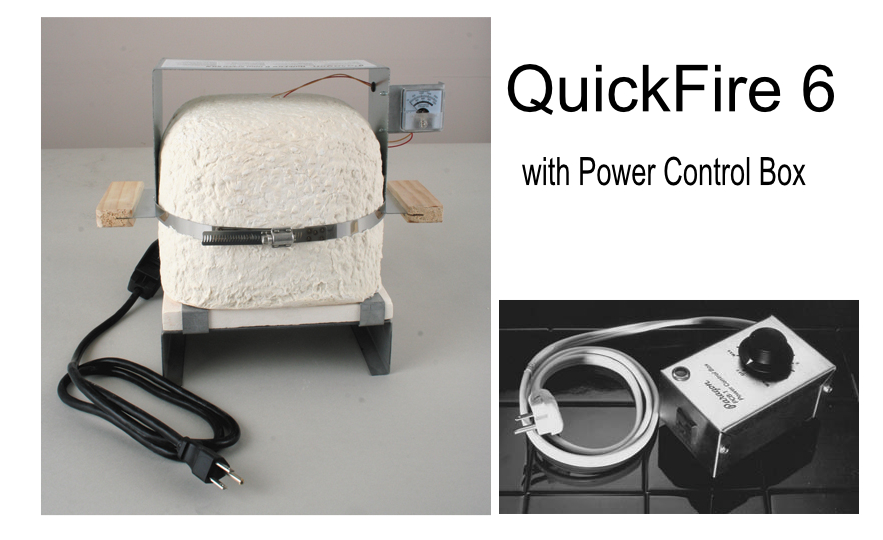
Summer Experiment – Kiln Forming Without Kiln Marks!
This summer is dedicated to glass experiments. Every year I think I have a lot of time in the summer to experiment. But with all the traveling and teaching the summer is always over so quickly. So this year we took a break and are enjoying the time in our studio.
Here is a fun experiment I am so excited about that I want to share it with you. Inspired by Marcia Bernadette’s eBook and a technique Toni Glander explained in an article many years ago, I wanted to stretch a piece of glass without any mold or shelf marks. Marcia said in her book that she wanted to achieve a blown glass look in kiln formed glass. That brought back Tony’s idea of suspending the glass with fused in wires.
Since weeks I have done several experiments to stretch glass for thin glass shards, also known as confetti. So when I started this experiment I still had shards on my mind.
I also wanted to see if I could make opal glass look a bit more translucent by adding lots of clear. Since it was an experiment that I thought might end up in a big mess (like several others) I did not give the design a lot of consideration. Just wanted to use some nice Wissmach 96 colors that together would make a good color combination, stretch it thin and later use it as design elements in other pieces. But since I also wanted to dilute the opaque glass, I ended up with 3 layers and they won’t stretch thin in a 5” deep set up.
The long wires are fused into each corner and wrapped around the mandrel. The next thought was – “How could I secure the whole setup from collapsing onto the kiln floor?” The third mandrel was the solution and it won’t get stuck on the glass, I wrapped it with a few rounds of Papyros Paper.
Sorry, this is not a full “How To” article, since I have to do some more experimenting before I can publish a tutorial on this subject.



















